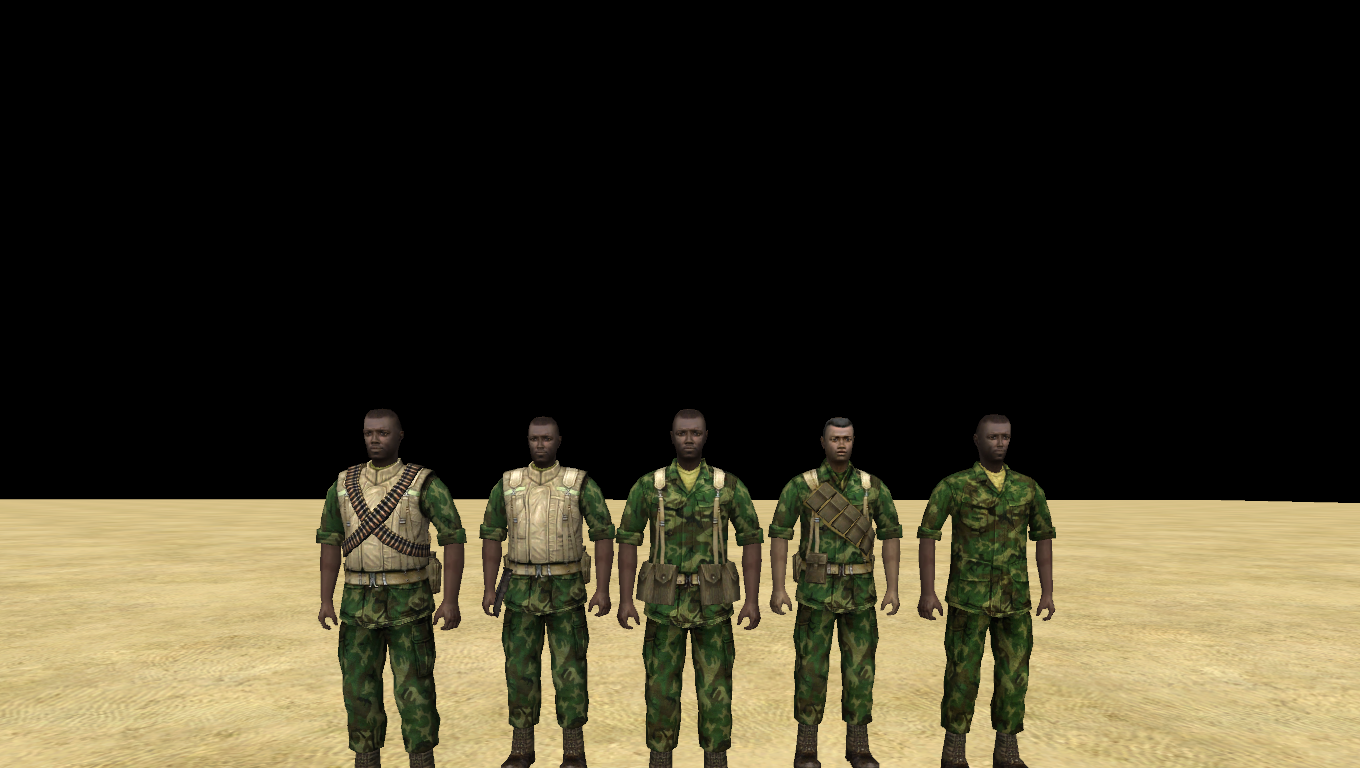

M60 gunner Pittman fought his way up the trail of his platoon as the fight commenced. Medal of Honor recipient LCpl Richard Pittman, a Marine with 1/5 (1st Battalion/5th Marine Regiment), used the M60 to successfully engage superior elements of the 324th North Vietnamese Army (NVA) Division in 1966. The Vietnam War is replete with stories that demonstrate the effectiveness of the M60 in combat. Some SEALs had feed chutes from backpacks to have a belt of hundreds of rounds ready to fire without needing to reload. United States Navy SEALs used M60s with shorter barrels and no front sights to reduce weight. Even so, soldiers appreciated the gun's handling, mechanical simplicity, and effective operation from a variety of firing positions. Its light weight led to it being easily damaged and critical parts like the bolt and operating rod wore out quickly. Vietnam's tropical climate harshly affected weapons, and the M60 was no exception. ĭuring the Vietnam War, the M60 received the nickname "The Pig" due to its bulky size and appetite for ammunition. 50 caliber machine gun, and the Patrol Boat, River had one in addition to two. The up-gunned M113 armored personnel carrier ACAV added two M60 gunners beside the main. Every soldier in the rifle squad would carry an additional 200 linked rounds of ammunition for the M60, a spare barrel, or both. The M60 later served in the Vietnam War as a squad automatic weapon with many United States units.

The decision to adopt the M60 instead of foreign designs, like modified versions of the proven German MG 42 or the still-unproven FN MAG, was largely due to strict Congressional restrictions requiring preference be given to the designs of United States arms manufacturers (even if a superior design was available from foreign sources) primarily out of desire to avoid paying licensing fees, but also out of a strong bias in favor of domestic products.Īn M60 machine gun being used during the Vietnam War in 1966. Army officially adopted the T161E3 as the M60 in 1957. One of the weapons tested against it during its procurement process was the FN MAG. It was intended to replace the M1918 Browning Automatic Rifle and M1919A6 Browning machine gun in the squad automatic weapon role, and in the medium machine gun role. The final evaluation version was designated the T161E3. Early prototypes, notably the T52 and T161 bore a close resemblance to both the M1941 Johnson machine gun and the FG 42. It was partly derived from German guns of World War II (most notably the FG 42 and the MG 42), but it contained American innovations as well. The M60 machine gun began development in the late 1940s as a program for a new, lighter 7.62 mm machine gun. The experimental T-44 machine gun developed from the German FG 42 and MG 42 machine guns. It also has been updated and modernized throughout the years to meet modern military requirements. The M60 has been adopted by various military agencies around the world. The later models changed the ammunition box attachment point and made this adaptation unnecessary.

Historically, units in Vietnam used B3A cans from C-rations packs locked into the ammunition box attachment system to roll the ammunition belts over for a straighter and smoother feed to the loading port to enhance reliability of feed. The cloth bandolier is reinforced to allow it to be hung from the current version of the feed tray. The M60 uses the M13 ammunition link, a change from the older M1 link system with which it was not compatible. M60 ammunition comes in a cardboard box containing a cloth bandolier of 100 pre-linked rounds. It may also be fired from the integral bipod, M122 tripod, and some other mounts. This was an initial requirement for the design and a hold-over in concept from the M1918 Browning Automatic Rifle. The M60 can be accurately fired at short ranges from the shoulder thanks to its design. airman firing an M60 machine gun from the standing position during the Defender Challenge competition in 1988.
#Men at war assault squad 2 modern mod upgrade#
Its manufacture and continued upgrade for military and commercial purchase continues into the 21st century, although it has been replaced or supplemented in most roles by other designs, most notably the M240 machine gun in U.S. military and still serves with the armed forces of other states. It has served with every branch of the U.S.

It was adopted in 1957 and issued to units beginning in 1959. There are several types of ammunition approved for use in the M60, including ball, tracer, and armor-piercing rounds. The M60, officially the Machine Gun, Caliber 7.62 mm, M60, is a family of American general-purpose machine guns firing 7.62×51mm NATO cartridges from a disintegrating belt of M13 links. Gas-operated, short-stroke gas piston, open bolt


 0 kommentar(er)
0 kommentar(er)
